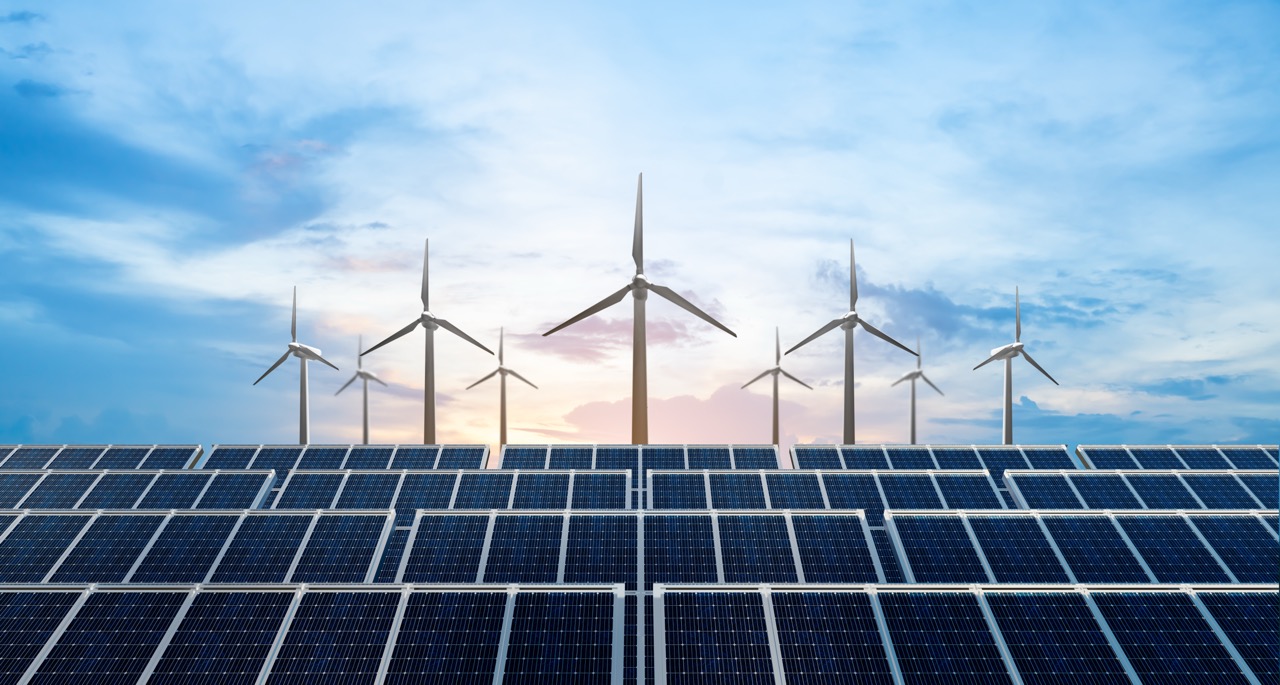Reinforcing the renewables revolution
Why is reinforcing the renewables revolution so important in 2025?
Our recent Renewable Capacity Statistics 2025 report shows that 2024 set new records for renewable installed capacity and the share of added renewable capacity has risen higher and higher. More than 90% of the capacity installed for power has been renewables. Why do we need even more?
First, even with a record 585 gigawatts of installed capacity in 2024, we fell short of the 11.2 terawatt total renewable capacity needed to be in place by 2030. We need to more than double the amount of new renewable power capacity added each year to stay aligned with the 1.5°C climate target.
Second, most of the time, the most convenient solution is renewables. To produce power, the cheapest and most economical way is investing in renewables. So that is the business case.
Third, recent conflicts show very clearly that centralised fossil fuel systems are more vulnerable than decentralised ones. With more actors and more geographically diverse sources of power, from a geopolitical perspective, renewables increase resilience and resistance to shocks.
These are three reasons why renewables will break another record in 2025.
How is IRENA working under your leadership to do more, beyond your report?
We try to take a 360° approach: we start with the assessment, from that we develop plans, from the plans we facilitate projects, from the projects we move to implementation – and then we start again. This allows us to take into account regional circumstances. We assist the private and public sectors to develop projects up to the point of bankability, and then we work with our partners to secure funding. Our Energy Transition Accelerator Financing platform helps close the circle.
We are also trying to rewrite how international cooperation works. We launched the Accelerated Partnership for Renewables in Africa under the leadership of Kenyan president William Ruto, with partners from Denmark, Germany, the United States of America and the United Arab Emirates. We started with seven African countries that want a fast path to renewables and will likely have four more by the end of this year – a clear sign that African countries want to transition away from gas and oil and towards renewable energy.
We also have the Accelerated Partnership for Renewables in Central Asia, and intend to launch another for South America, at the 30th Conference of the Parties to the United Nations Framework Convention on Climate Change in Brazil in November. We are combining this with investment forums in Southeast Asia and others planned in 2026 in Africa and Central Asia. So we are taking a comprehensive approach based on country ownership, supporting them in developing and implementing their plans.
Is there a need for more government support for new sources of renewable energy so the private sector can also benefit?
In many western countries and even places such as Texas, there is no doubt that the business case supports renewables. It’s a matter of fact, not opinion. It is different in regions in Africa and Asia, because more progress is needed on infrastructure. But if people are unable to pay the tariffs and budgets continue to shrink, we will have not a virtuous but a vicious cycle. This is why it’s important to link development with building a new energy system. Infrastructure will bring wealth, which will bring demand, which will build capacity to pay for electricity – creating a virtuous cycle.
What tasks and challenges remain from your global perspective?
The business case for renewables is stronger than any slow-down efforts. Because of the economic opportunity, there is no doubt people will continue to invest in renewables. The main challenges apart from political will are infrastructure and the legal environment. Fossil fuels are subsidised far more than renewables. Plus workers need to be reskilled and trained so the labour force is consistent with requirements of the new energy systems. The direction of travel is there – no one can stop it. The ship may slow down but it will continue. The climate crisis obliges us to do this.
How can the G7 leaders best help?
This will be among the most interesting G7 summits in recent years. We are supporting Canada in many ways, in the work on remote communities, decarbonising the industrial sector and the digitalisation of the energy transition. I send my best wishes to the G7 leaders – Kananaskis will not be easy.












